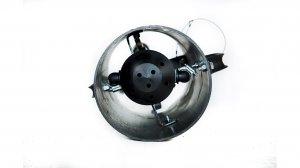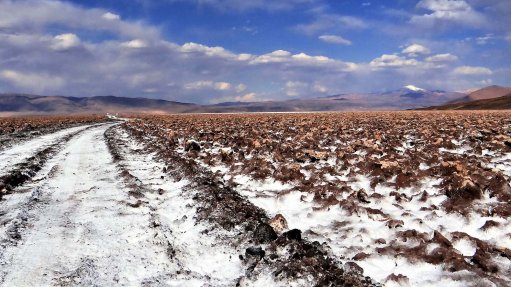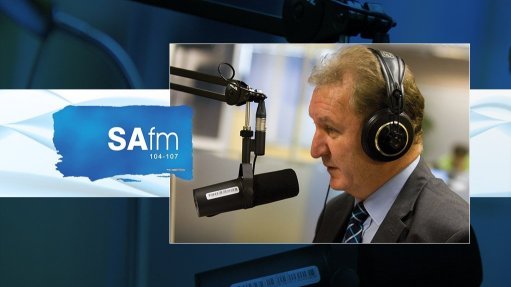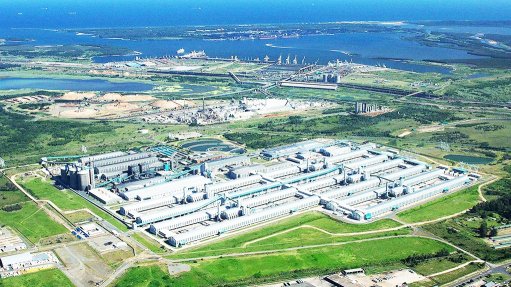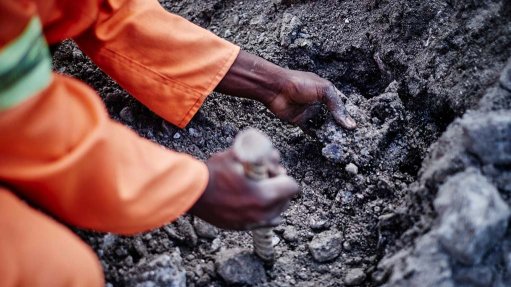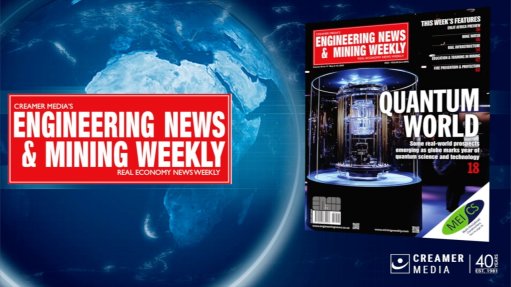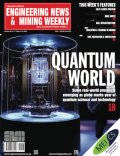Water atomiser can reduce silicosis risk


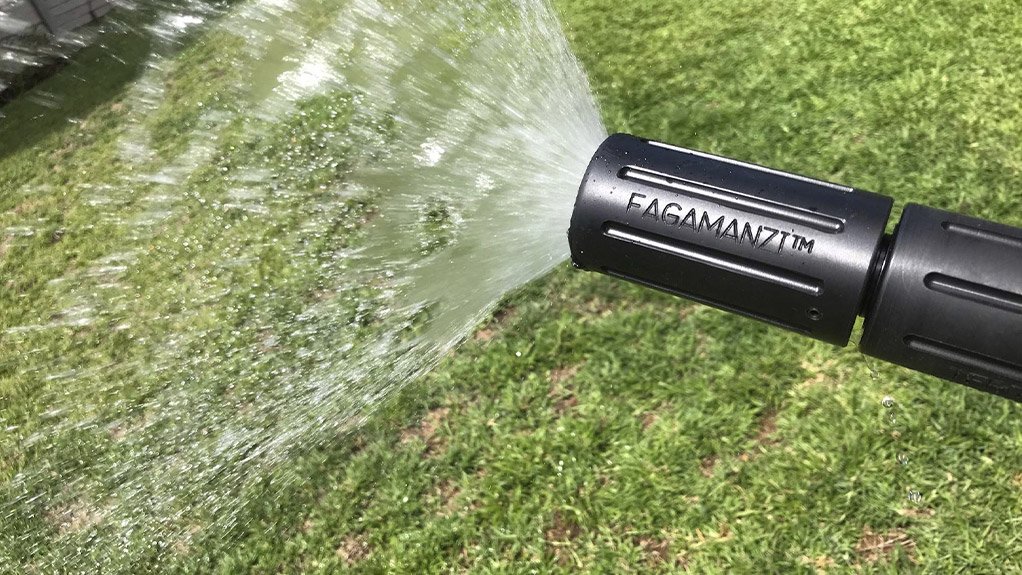
WHAT BIG HOLES YOU HAVE All the better to blast atomised water through without clogging.
SPRAY AND PRAY The adjustable Fagamanzi nozzle enables proper watering down in the hope that silica dust levels can be suppressed
Mine ventilation equipment manufacturer Terramin is experiencing an uptick in demand for its Terrablast in-stope water-atomising device.
Terramin CEO Martin van Schoor – who will be attending the Investing in African Mining Indaba – believes that the uptick can, in part, be attributed to intensified efforts by mining companies to improve dust suppression underground.
This follows the R5-billion class action settlement between gold mining companies and law firms representing about 25 000 former mineworkers suffering from silicosis and tuberculosis as a result of dust and silica exposure. The Johannesburg High Court approved the settlement in July last year, after the class action law suit was initially filed in 2012 by law firm Richard Spoor Attorneys, law firm Abrahams Kiewitz and nonprofit law organisation Legal Resource Centre.
The most recent data from Minerals Council South Africa’s integrated yearly review shows an improvement in the silica levels that mineworkers are exposed to, with mineworkers’ individual silica exposure measurements reducing from an average of about 16.1% in 2015 to about 9% in 2017.
The Mine Health and Safety Council aims to reduce this figure to 5% by 2024.
However, Van Schoor explains that many dust control methods have proven ineffective. Watering down is often done with a hose or simple spray device, but this often results in dust being liberated into the atmosphere during the activity.
“Especially during watering down, this muck piles into a development end or stope after re-entry post-blast,” Van Schoor says.
The Atomiser Solution
Terramin’s Terrablast units atomise water into fine droplets. This enhances agglomeration and the coalescing of the water droplets and dust particles.
The dust suppression devices use static conductive housings using nylon and polyethylene. They employ compressed air and water, which are applied through needle valves to facilitate fine settings for optimal atomisation and fine-droplet formation resulting in cooling and dust capture.
Moreover, the 8 mm aperture atomising nozzles and volutes on the Terrablast are specially designed to withstand harsh mining conditions and resist clogging. This means that they can operate without the need for additional fine water filtering.
Van Schoor says that a study conducted by an independent researcher found that the Terrablast device can achieve an average of about 80% reduction in dust at underground workfaces.
He adds that watering down during scraping and loading operations is not practised enough, owing to the time-consuming inefficiencies of conventional methods.
Terramin’s Fagamanzi adjustable nozzle enables proper watering down to be achieved during scraping and loading without any work interruption or human intervention. The Fagamanzi device can be set to a required spray pattern or droplet variation and can be shut off. There is no need, therefore, for an additional valve or tap.
Further, the proper water atomisation ensures that less water is consumed.
The device does not require electric power to operate – only water pressure.
The Terrajet air mover, another water and air device, is available in four different sizes.
The Terrajet MK 1 Mini was recently mounted on the cutter barrels of several continuous miners operating in coal mining applications. In these applications, the enhanced dust suppression has mitigated methane and coal dust ignitions.
The Terrajet MK 2 is a medium-sized, hand-held device, whereas the Mark 3 is a larger unit, also hand-held, and is also ideal for mounting or for being hung up with air and water supply automated.
The Terrajet MK 4 is the largest unit and used to ventilate wider areas.
Van Schoor concludes that, for mining companies to meet dust suppression targets, alternative and innovative methods of dust control should be embraced where they are found to be effective.
Comments
Press Office
Announcements
What's On
Subscribe to improve your user experience...
Option 1 (equivalent of R125 a month):
Receive a weekly copy of Creamer Media's Engineering News & Mining Weekly magazine
(print copy for those in South Africa and e-magazine for those outside of South Africa)
Receive daily email newsletters
Access to full search results
Access archive of magazine back copies
Access to Projects in Progress
Access to ONE Research Report of your choice in PDF format
Option 2 (equivalent of R375 a month):
All benefits from Option 1
PLUS
Access to Creamer Media's Research Channel Africa for ALL Research Reports, in PDF format, on various industrial and mining sectors
including Electricity; Water; Energy Transition; Hydrogen; Roads, Rail and Ports; Coal; Gold; Platinum; Battery Metals; etc.
Already a subscriber?
Forgotten your password?
Receive weekly copy of Creamer Media's Engineering News & Mining Weekly magazine (print copy for those in South Africa and e-magazine for those outside of South Africa)
➕
Recieve daily email newsletters
➕
Access to full search results
➕
Access archive of magazine back copies
➕
Access to Projects in Progress
➕
Access to ONE Research Report of your choice in PDF format
RESEARCH CHANNEL AFRICA
R4500 (equivalent of R375 a month)
SUBSCRIBEAll benefits from Option 1
➕
Access to Creamer Media's Research Channel Africa for ALL Research Reports on various industrial and mining sectors, in PDF format, including on:
Electricity
➕
Water
➕
Energy Transition
➕
Hydrogen
➕
Roads, Rail and Ports
➕
Coal
➕
Gold
➕
Platinum
➕
Battery Metals
➕
etc.
Receive all benefits from Option 1 or Option 2 delivered to numerous people at your company
➕
Multiple User names and Passwords for simultaneous log-ins
➕
Intranet integration access to all in your organisation


